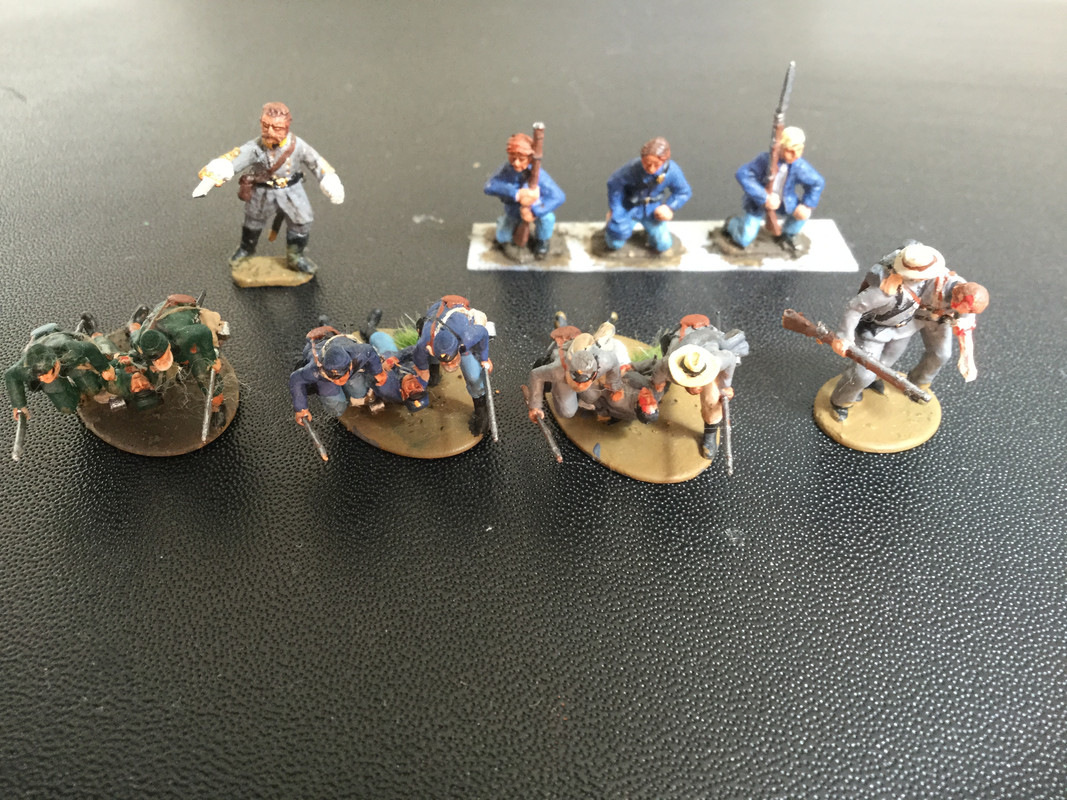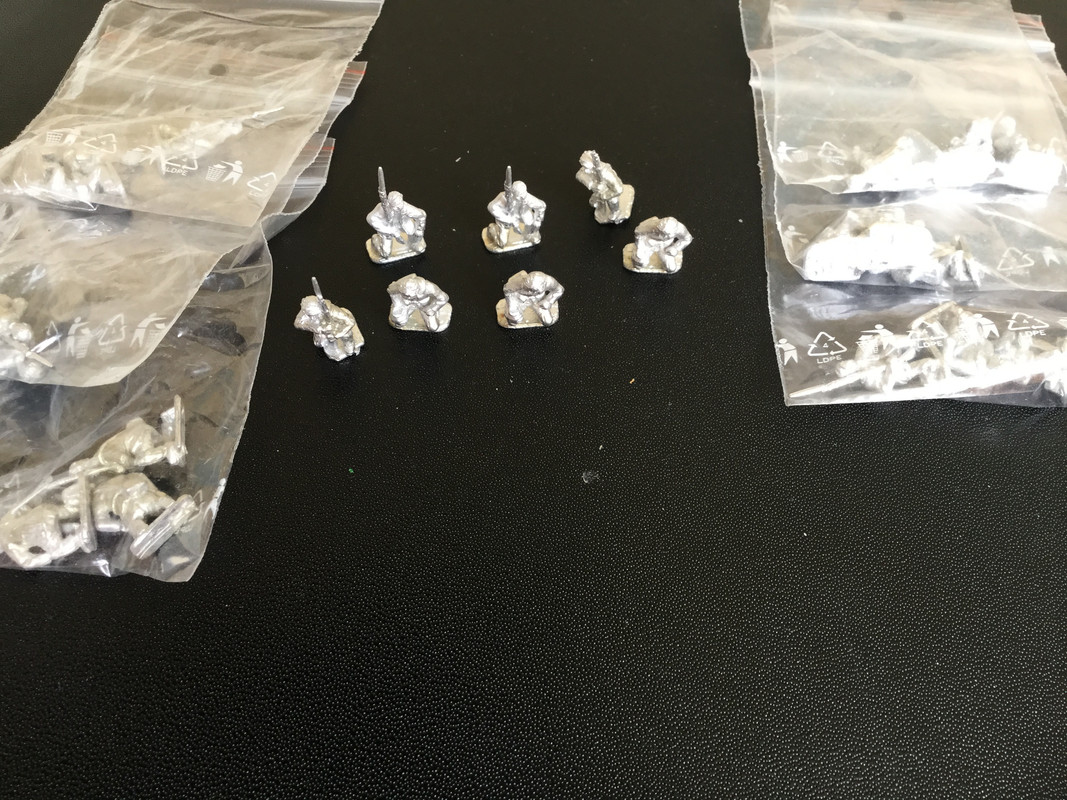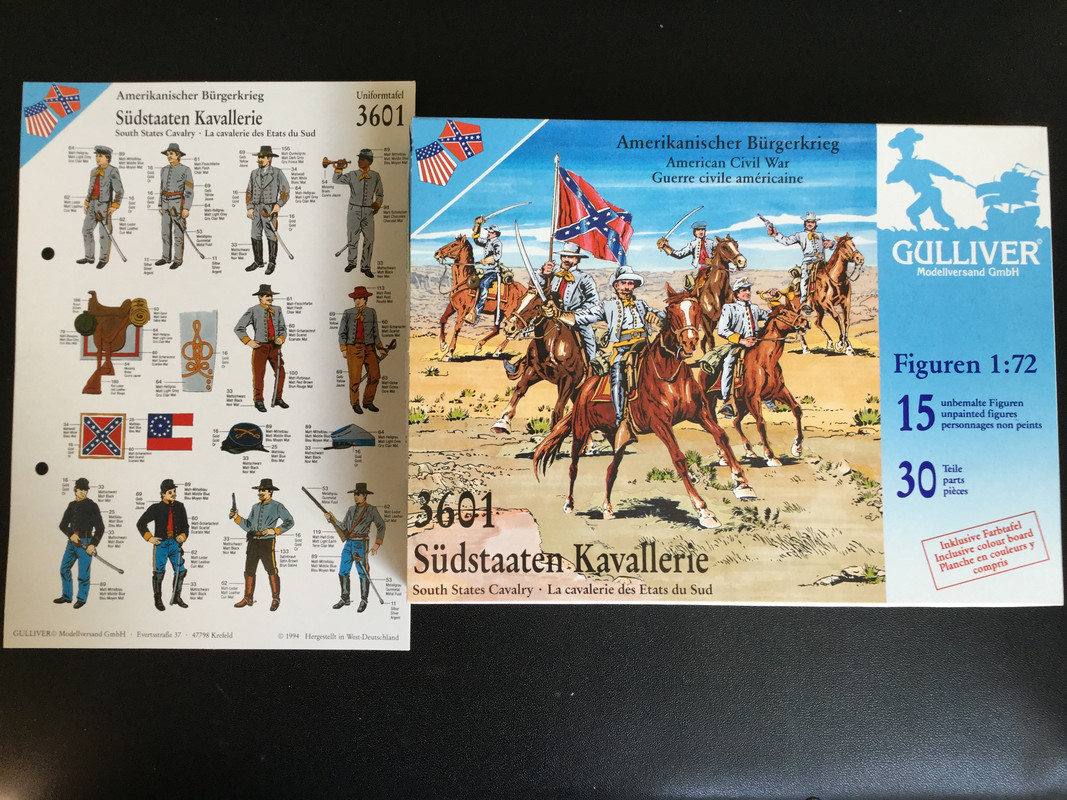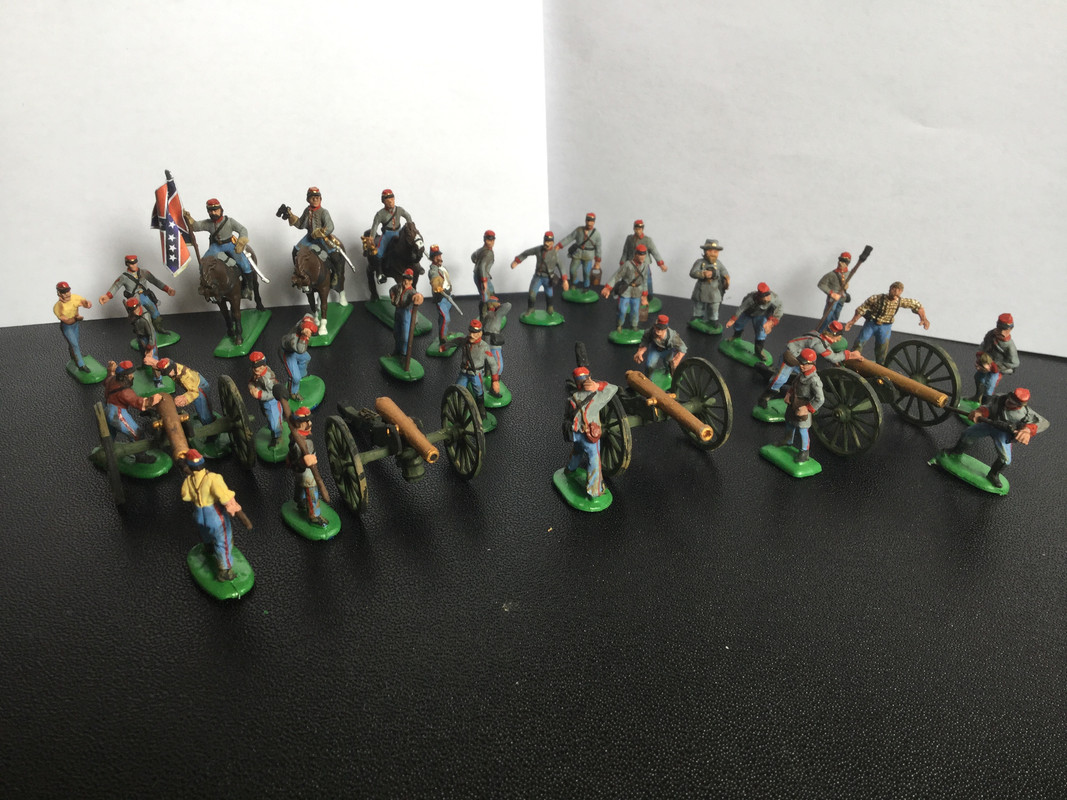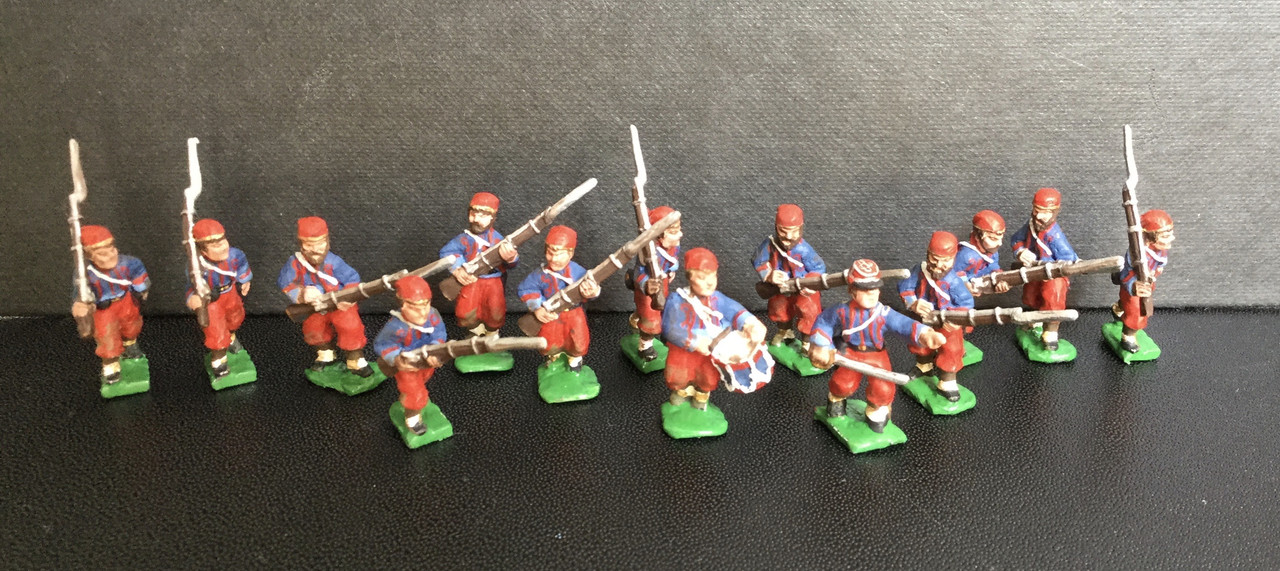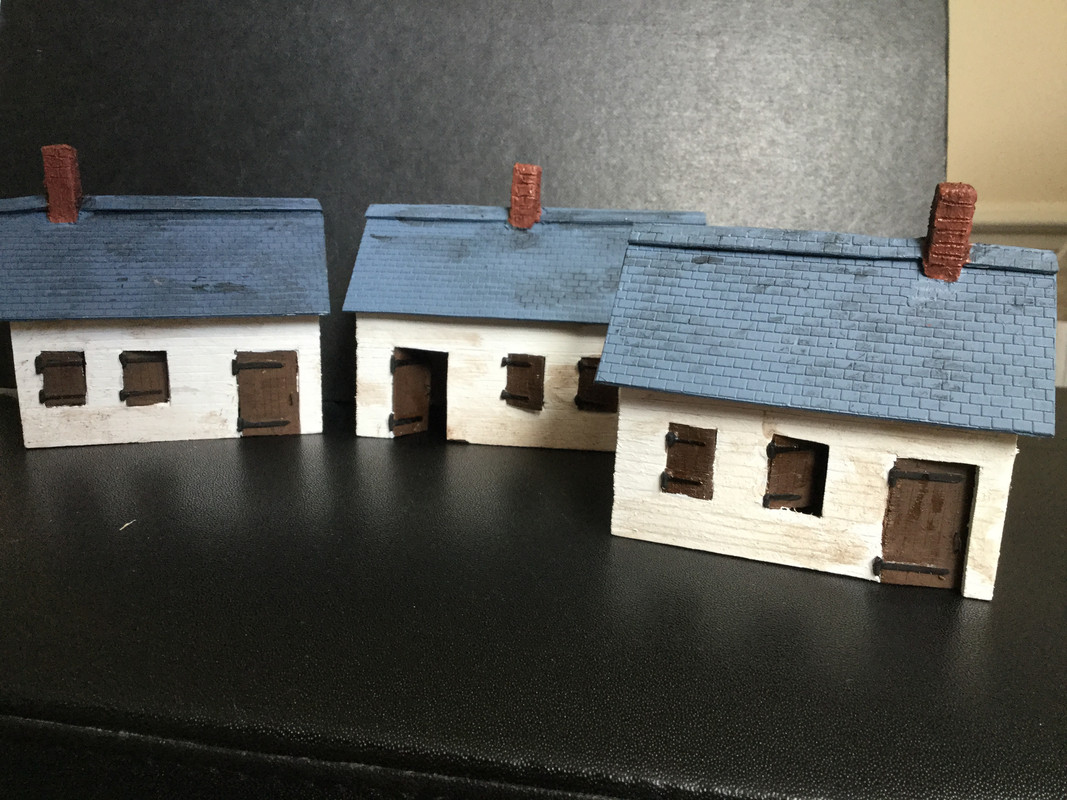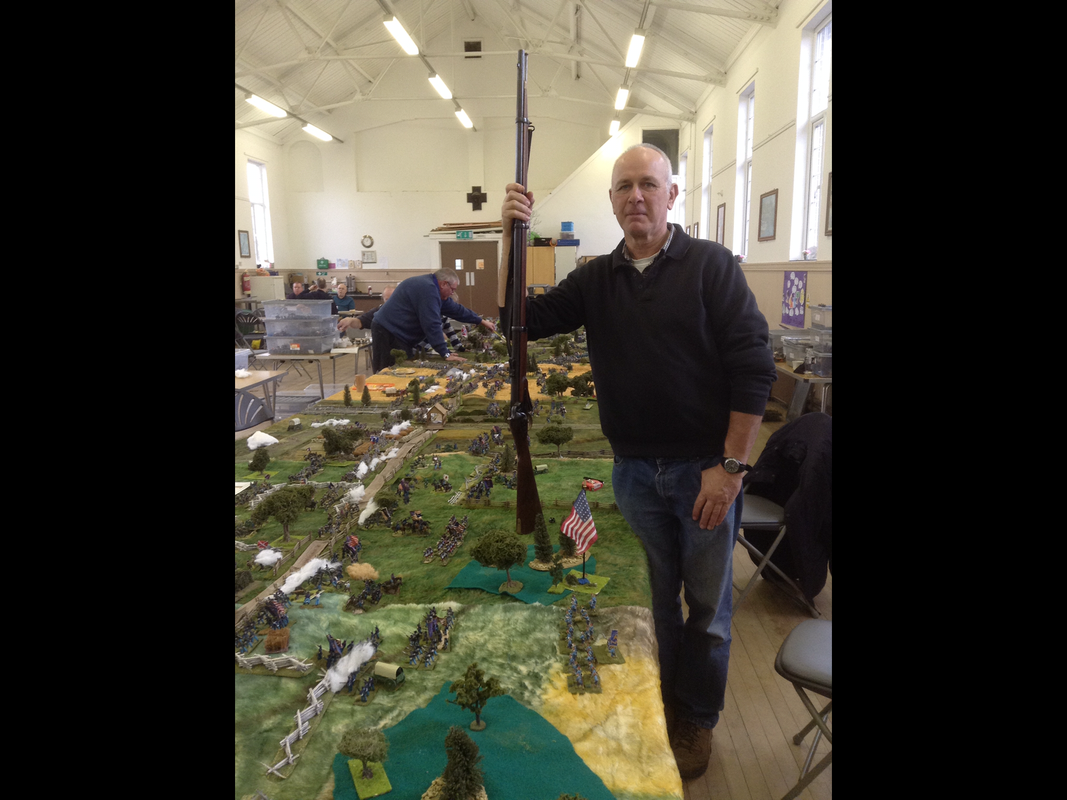Boom, Bang, Crash
The American Civil War is often referred to as the first industrial war because of the many innovations in technology, engineering and logistics that were applied in pursuance of the war aims.
One of the major battlefield developments was the improvement in rifled weaponry and the rapid expansion of explosive ordnance.
Traditionally an artillery battery would have several solid shot cannons and a few howitzers to fire common shell. Shrapnel, a Napoleonic invention was also a variant on the common shell principal.
Nevertheless the bursting charge of these devices was still gunpowder, classified as a low explosive.
A low explosive is essentially a chemically induced gas expansion at subsonic speeds, whilst a high explosive is supersonic.
I have seen all sorts of interpretations of gunpowder explosions, some bordering on semi nuclear.
However, the best analogy I can think of is the humble ‘banger’ of my childhood.
Essentially, a cardboard tube of gunpowder with a short fuse once lit exploded with a loud bang, a cloud of smoke and a stink of bad eggs.
This link will stir many a memory.
https://epicfireworks.com/blogs/news/firework-bangersThis I would suggest is a classic gunpowder explosion albeit without the metal shards and debris.
For Antietam along with the traditional round shot I will need to represent the effect of explosive ordnance.
I have used thin wire with a ‘puff’ of cotton wool with yellow and red dots on a to represent aerial activity. The ‘throw’ effect is forward, naturally.
Ground explosions are created by finely stretching heated sprue to length.
I then glued the sections into a V shape and painted white.
I used a dollop of decorators caulk, painted brown for the base which will be buried in the sand.
Thin cotton wool teased out, decorated with chinchilla dust and or sand creates the debris field.
A light spray of hair spray helps adhesion and a few specks of yellow and red at the base simulate the ignition.
My poor Reb is being unfairly targeted.
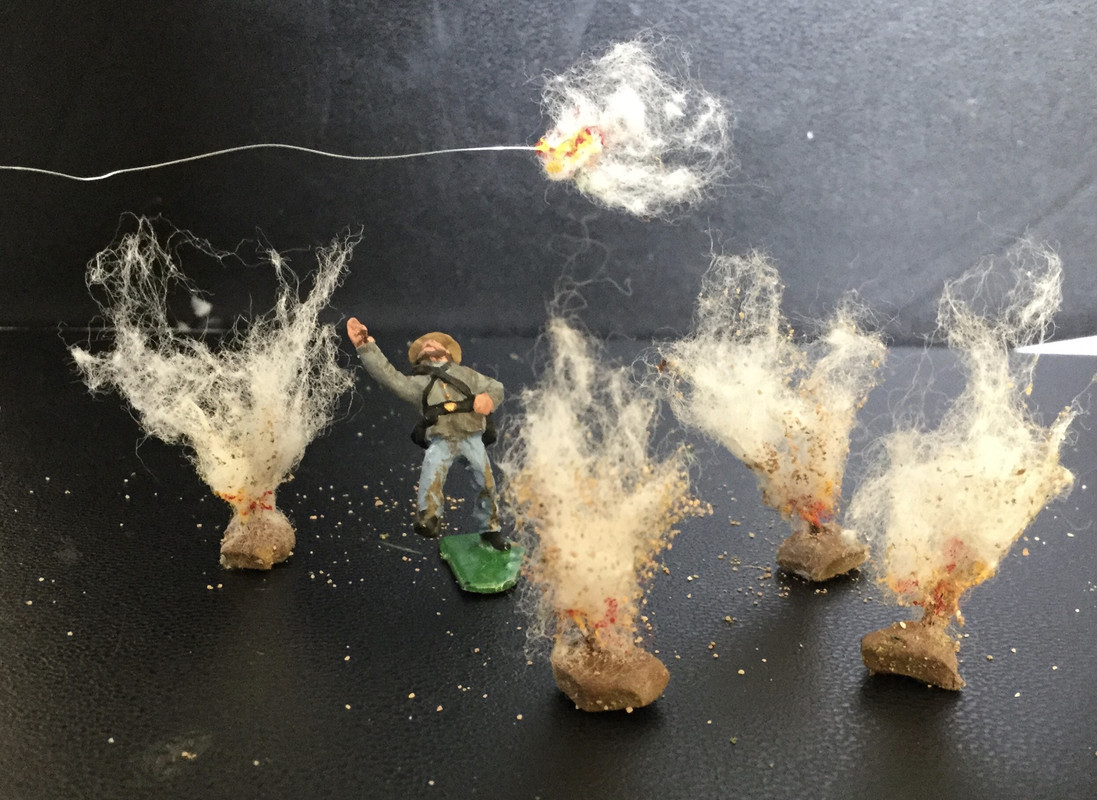
Lots to do.
Chris
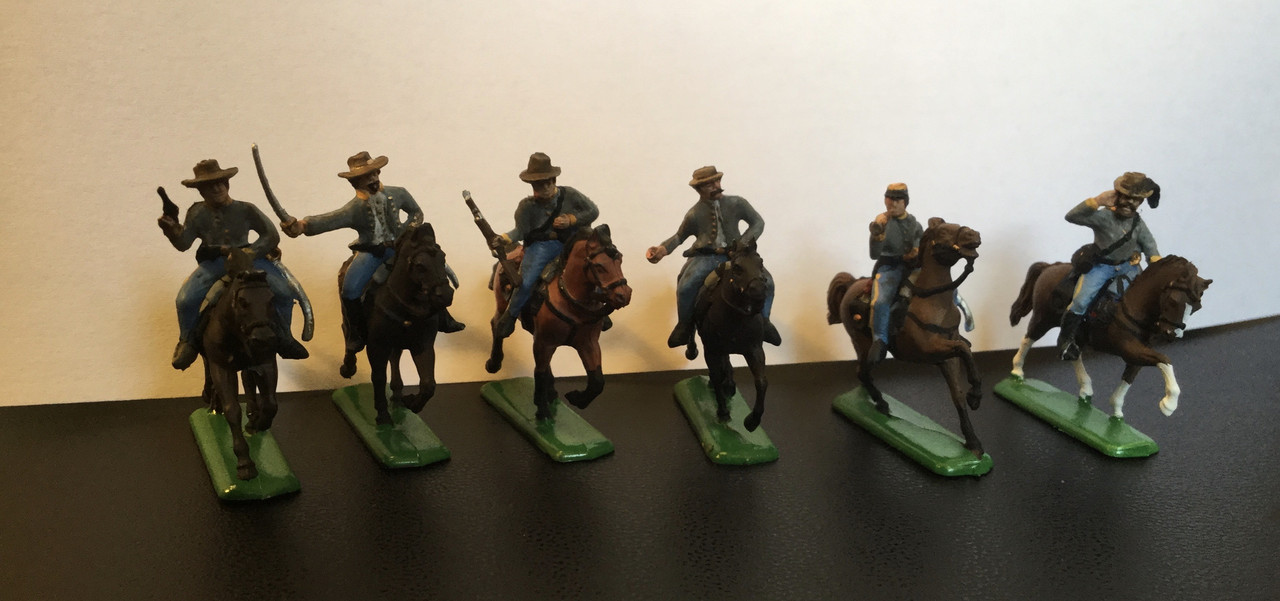







 Moderator
Moderator
